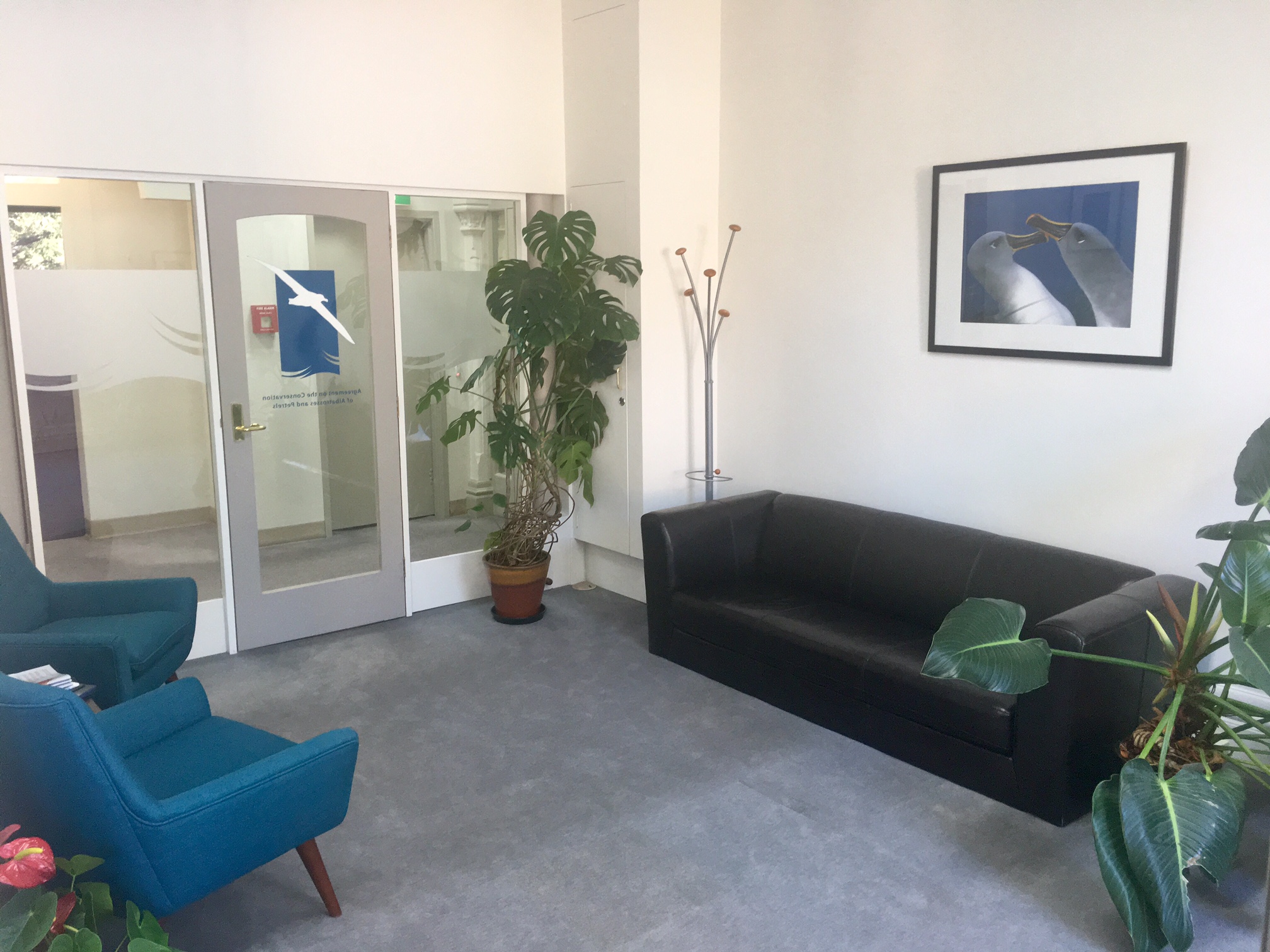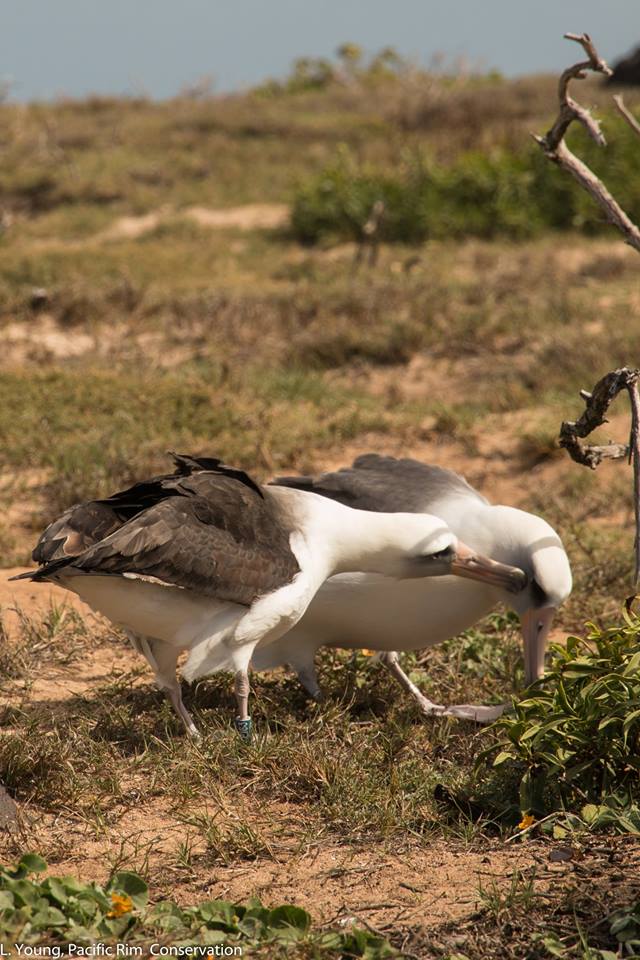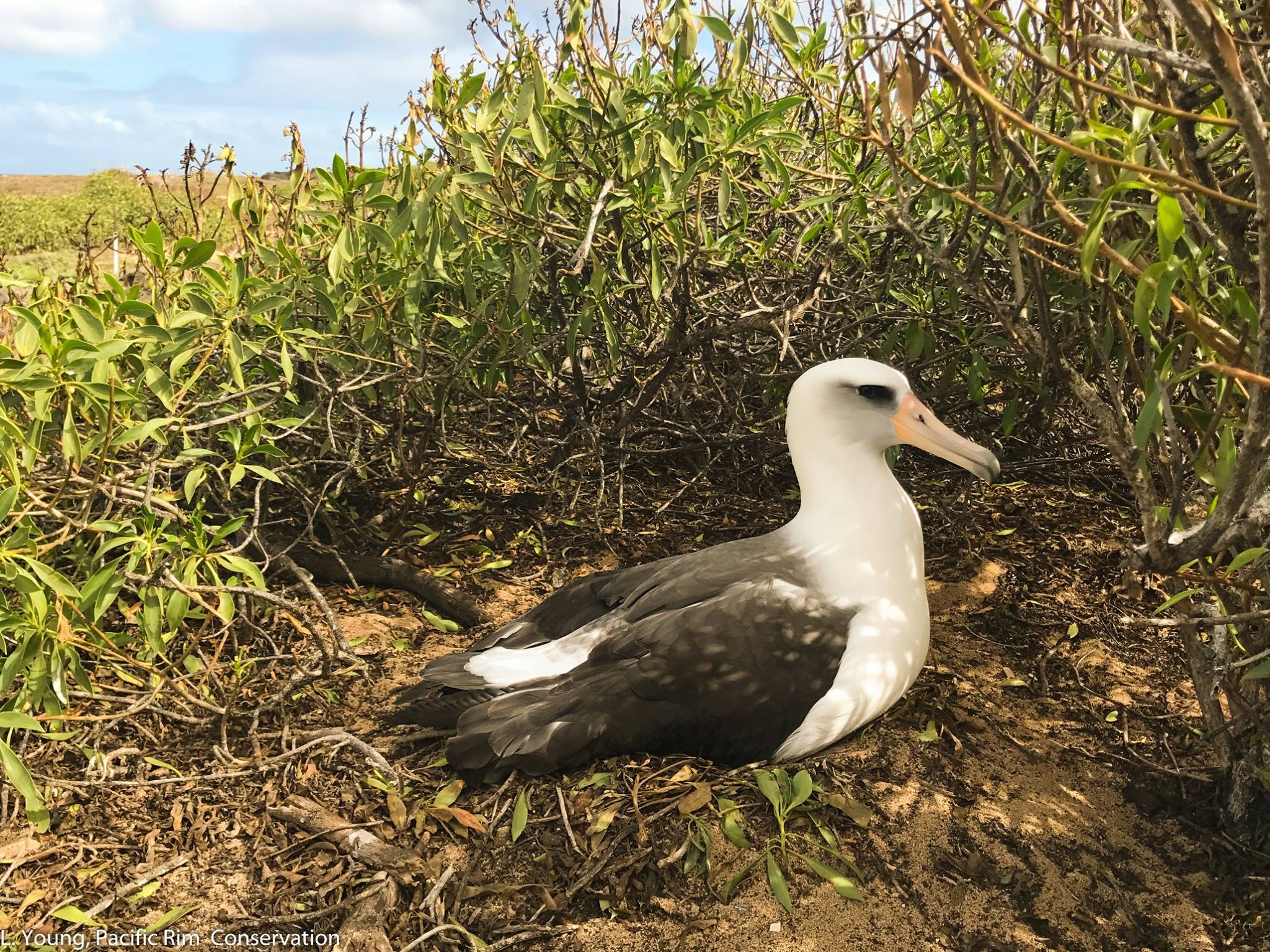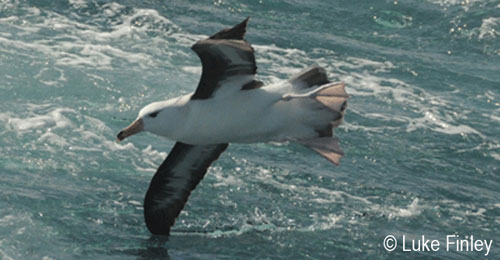Meritxell Genovart (Population Ecology Group, IMEDEA (CSIC-UIB), Esporles, Mallorca, Spain) and colleagues have published in the journal Global Change Biology on effects of bycatch on survival of Scopoli's Shearwaters Calonectris diomedea.
The paper’s abstract follows:
“Marine megafauna, including seabirds, are critically affected by fisheries bycatch. However, bycatch risk may differ on temporal and spatial scales due to the uneven distribution and effort of fleets operating different fishing gear, and to focal species distribution and foraging behaviour. Scopoli's shearwater Calonectris diomedea is a long-lived seabird that experiences high bycatch rates in longline fisheries and strong population-level impacts due to this type of anthropogenic mortality. Analyzing a long-term data set on individual monitoring, we compared adult survival (by means of multi-event capture-recapture models) among three close predator-free Mediterranean colonies of the species. Unexpectedly for a long-lived organism, adult survival varied among colonies. We explored potential causes of this differential survival, by: (1) measuring egg volume as a proxy of food availability and parental condition; (2) building a specific longline bycatch risk map for the species; and (3) assessing the distribution patterns of breeding birds from the three study colonies via GPS tracking. Egg volume was very similar between colonies over time, suggesting that environmental variability related to habitat foraging suitability was not the main cause of differential survival. On the other hand, differences in foraging movements among individuals from the three colonies expose them to differential mortality risk, which likely influenced the observed differences in adult survival. The overlap of information obtained by the generation of specific bycatch risk maps, the quantification of population demographic parameters and the foraging spatial analysis should inform managers about differential sensitivity to the anthropogenic impact at mesoscale level and guide decisions depending on the spatial configuration of local populations. The approach would apply and should be considered in any species where foraging distribution is colony-specific and mortality risk varies spatially.”
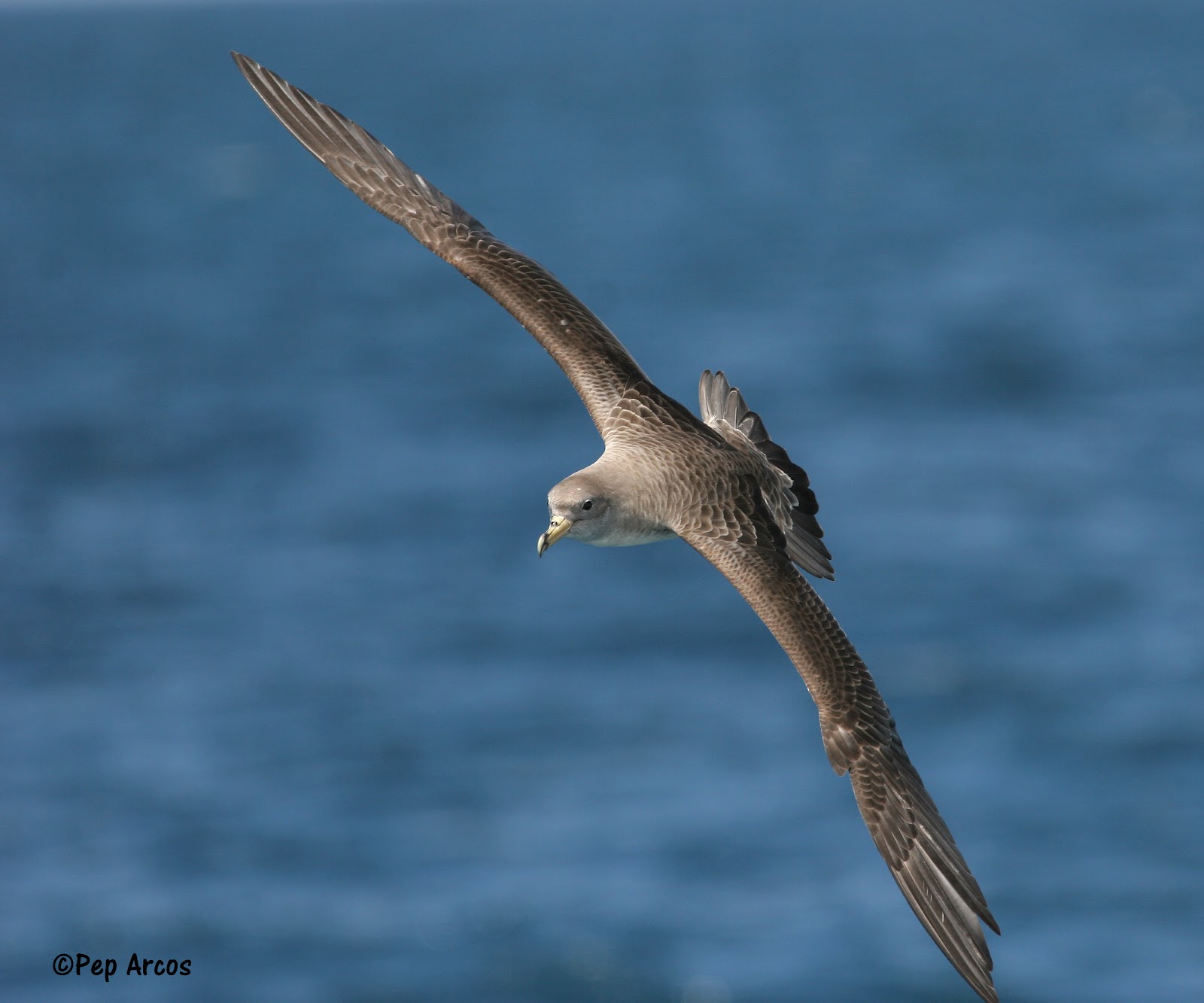
Scopoli's Shearwater, photograph by 'Pep' Arcos
Reference:
Genovart, M., Bécares, J., Igual, J.M., Martínez-Abraín, A., Escandell, R., Sánchez, A., Rodríguez, B., Arcos, J.-M. & Oro, D. 2017. Differential adult survival at close seabird colonies: the importance of spatial foraging segregation and bycatch risk during the breeding season. Global Change Biology doi: 10.1111/gcb.13997.
John Cooper, ACAP Information Officer, 05 November 2017

 English
English  Français
Français  Español
Español 